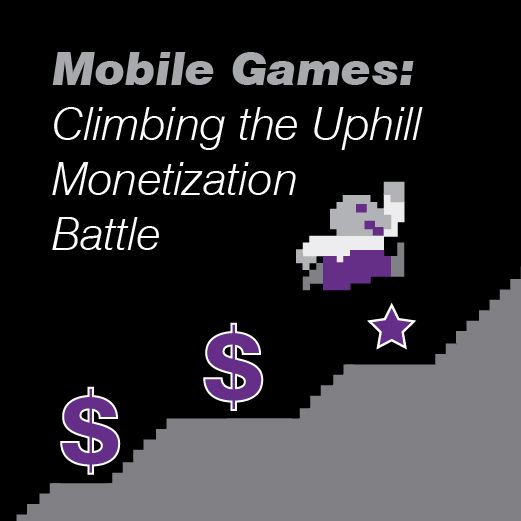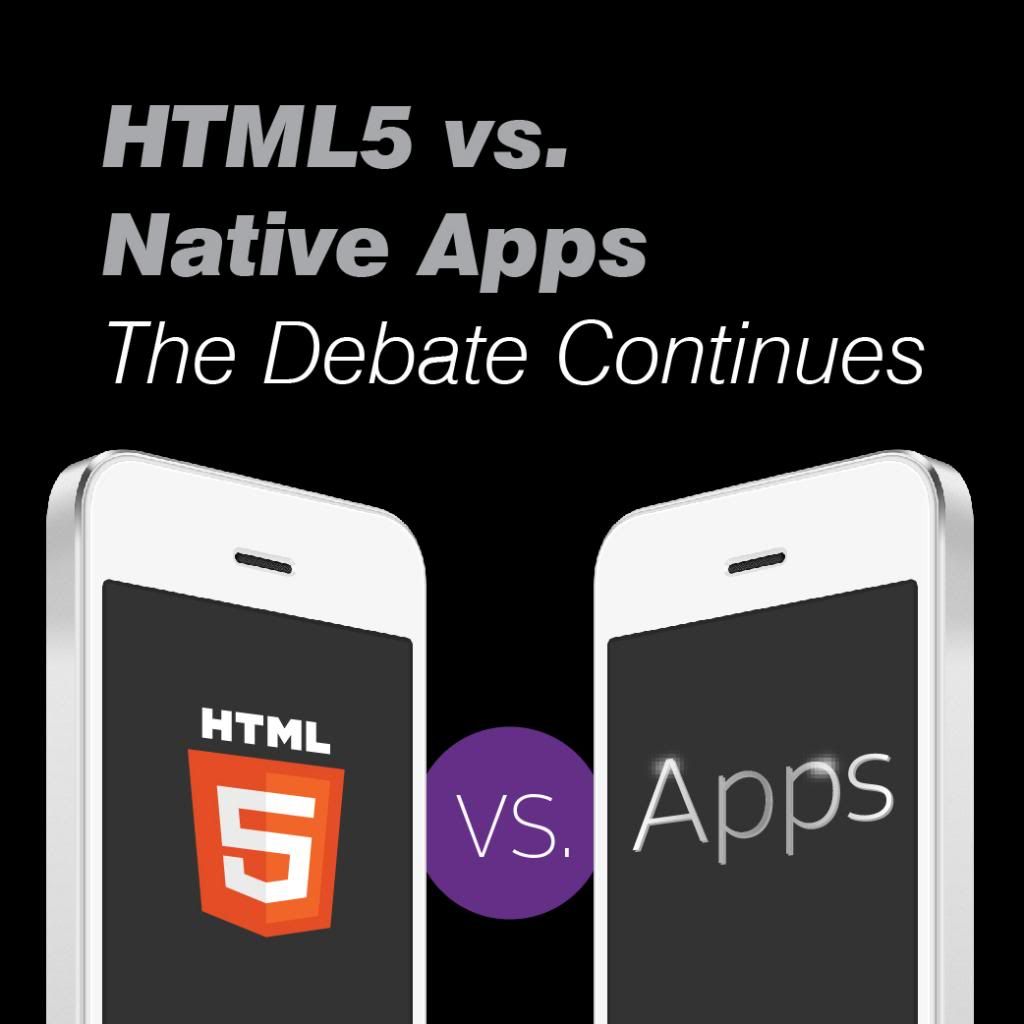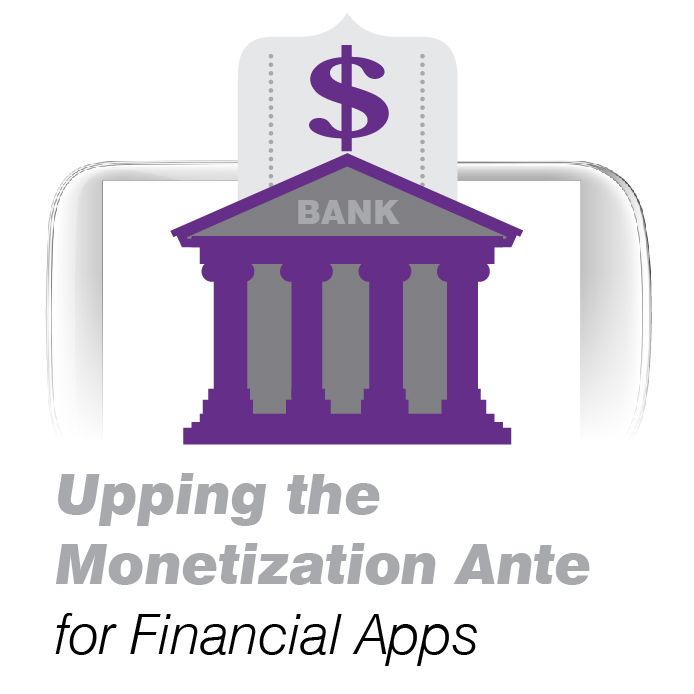By Tim Cronin
In March, VentureBeat
writer Dan Takahashi moderated a panel on mobile monetization at the Game Developers Conference where he called
mobile monetization the “Achilles Heel” of the gaming industry. In his words,
“with more than a billion users on mobile, it seems like it should be easy to
make a ton of money by collecting pennies. But the struggles of big publishers
– many of whom appear to be running in place even as they grow – suggests that
this is a very hard nut to crack.” Hard, indeed. As much as consumers are
“hooked” on mobile games like Scramble
With Friends and Angry Birds,
getting millions of downloads, playing sessions, becoming a viral ‘hit’ and
winning awards is one thing; monetizing is another. That’s where a lot of
gaming publishers and app developers struggle.
But there’s a light at the end of the monetization
tunnel. According to the International Data Corporation’s newly published
report, “Worldwide
Gaming-Optimized Handheld, Smartphone, and Tablet Gaming 2013-2017 Forecast,”
the number of paying smartphone and tablet owners will surpass the number of
paying GOH (categorized by Nintendo’s 3DS and Sony’s PlayStation Vita) gamers
worldwide in 2013 and rise at a rapid rate through 2017. And total
mobile/portable gaming revenue is expected to hit $23 billion in 2017. Those
are some pretty staggering figures and line up with the findings of a survey
conducted by Frank N. Magid Associates, which found that 59 percent of US
tablet owners played mobile games on their devices. The study also indicated
that US mobile gaming revenue will come from a combination of paid downloads,
in-game purchases of virtual goods and in-game advertising.
Just look at what Rovio, the maker of hugely popular Angry Birds, has done. According to its
2012 financials, Rovio had a record-breaking year with reported revenues of
nearly $195 million due in large part to its games and consumer products –
that’s up 101 percent from $97 million in 2011. While monetizing mobile games
may be tough, it’s an uphill battle that can definitely be won. It just
requires some ingenuity in terms of how publishers and app developers think
about monetization. So how can other publishers and app developers climb the
uphill monetization battle with their mobile games and replicate the
monetization success of Rovio?
Keep users
interested with fresh content.
To monetize a mobile game, publishers and app developers
have to not only create games that are fun, cool and entertaining, but they’ve
got to make sure the game “hooks” users through fresh content. It may seem like
a no-brainer, but if a game can’t keep users engaged and coming back
repeatedly, they’ll surely click or tap right out of the game and into another
game. Once they are addicted and can’t help but come back for more (and tell
their friends about it, too), users are much more likely to pay a fee for more content and content that’s different and exclusive. Producing content that users want and will be willing to
pay for can make all the difference in whether mobile games have the “sticky”
value that will get users to fork over their money in-app.
Freemium works.
Just do it right.
As important as it is to excited, entertain and evoke
that inner competitor in mobile game players, it’s also important to get them
to spend money on attractive in-app purchases. For example, allowing a gamer to
purchase extra lives or levels keeps them playing and spending in your app.
In-app upgrade purchases also allow app developers and publishers to monetize
off a single user multiple times. According to app analytics firm App
Annie, worldwide revenue for freemium apps (apps that are free to download
and then have in-app purchases) on iOS have more than quadrupled over the last
24 months. While the monthly average spent on in-app purchases is low now,
mobile game developers who focus their monetization strategies on quality,
content-driven in-app purchases can really build off of this expected increased
mobile spending.
Zoom in on video
ads.
We all love movie trailers. They’re usually action-packed,
packed with daredevil stunts and introduce viewers to the main characters and
the storyline. Although not as lengthy and detailed as film trailers, mini
video ads used to promote apps and games are becoming an increasingly popular
way for app developers and publishers to acquire new users and monetize via in-app purchases. Last year, Flurry
revealed that one of its AppCircle Clips customers found that consumers
acquired through video ads used apps 43 percent more often and played 23
percent longer per session than normal users acquired through traditional
banner ads. These numbers point to the value of video ads – they tell a
compelling story and increase
click-through rates, video plays and overall revenue for app developers and
publishers.




